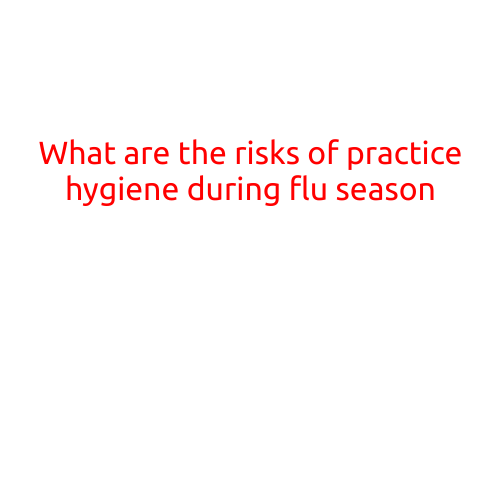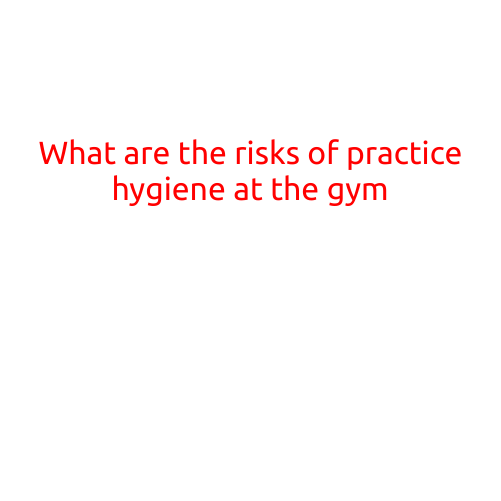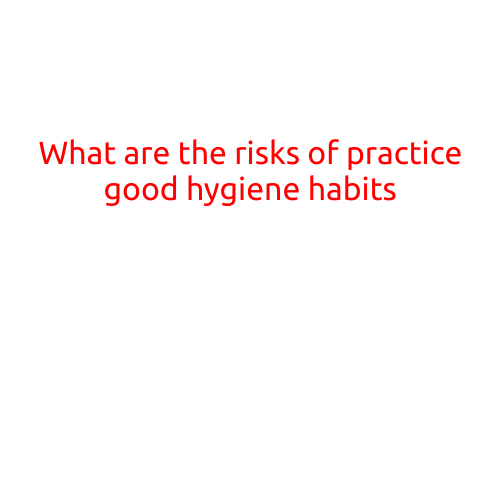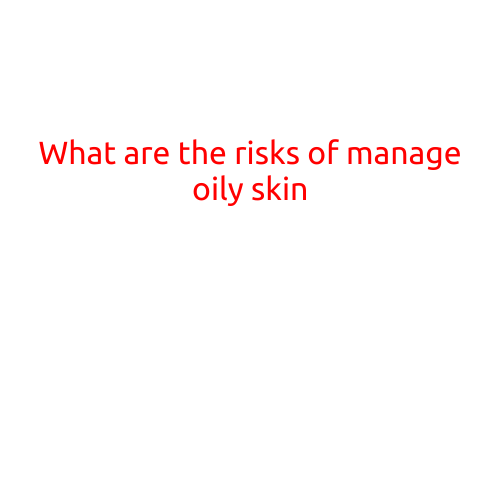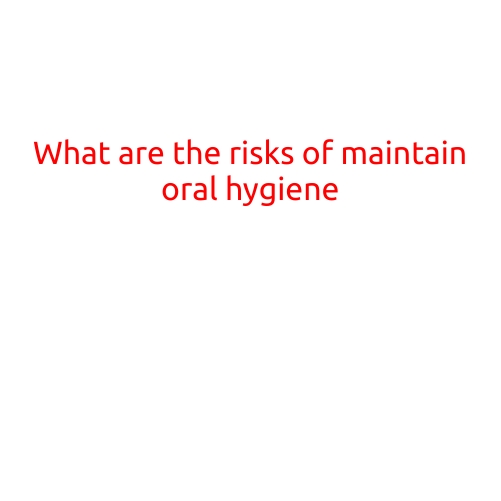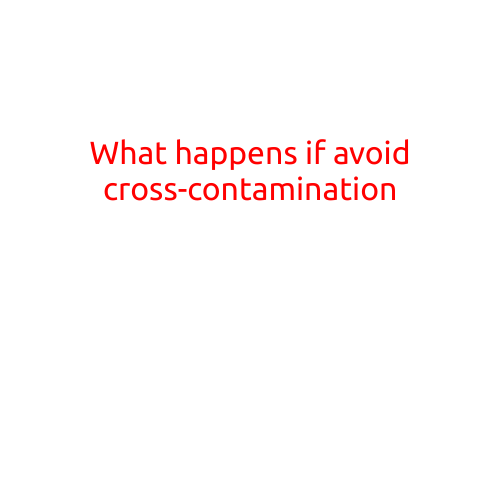
What Happens if You Avoid Cross-Contamination?
Cross-contamination is a common issue in many industries, from food service and healthcare to manufacturing and laboratories. It occurs when bacteria, viruses, or other microorganisms are transferred from one surface, person, or product to another, potentially causing harm or Spread of infection. In this article, we’ll explore what happens if you avoid cross-contamination in various settings.
Food Service Industry
In the food service industry, cross-contamination can lead to foodborne illnesses, which can be severe and even life-threatening. If you avoid cross-contamination, you can prevent the spread of germs and ensure that your customers enjoy safe and healthy food.
By taking steps to prevent cross-contamination, such as:
- Washing your hands frequently
- Sanitizing surfaces and equipment
- Separating raw and cooked food
- Using separate cutting boards and utensils for raw meat, poultry, and seafood
you can significantly reduce the risk of food contamination. This not only protects your customers but also helps to maintain a good reputation and comply with food safety regulations.
Healthcare Industry
In healthcare settings, cross-contamination can lead to the spread of hospital acquired infections (HAIs), such as MRSA and C. difficile. If you avoid cross-contamination, you can protect your patients and staff from these infections.
By following proper infection control protocols, such as:
- Wearing personal protective equipment (PPE)
- Using sterilized equipment and supplies
- Washing your hands frequently and thoroughly
- Keeping patient rooms and equipment clean and disinfected
you can reduce the risk of HAI transmission and prevent the spread of germs.
Manufacturing Industry
In manufacturing, cross-contamination can affect product quality and safety. If you avoid cross-contamination, you can ensure that your products meet the highest quality and safety standards.
By implementing proper quality control measures, such as:
- Cleaning and sanitizing equipment and surfaces
- Using filtered air and controlled atmospheres
- Wearing PPE and washing your hands frequently
- Implementing a serial cleaning and sanitation program
you can prevent contamination and ensure that your products are safe and free from defects.
Laboratory Setting
In laboratories, cross-contamination can lead to incorrect results and put researchers and patients at risk. If you avoid cross-contamination, you can ensure that your samples and test results are accurate and reliable.
By following proper laboratory protocols, such as:
- Wearing PPE and washing your hands frequently
- Using sterile equipment and supplies
- Separating and labeling samples and reagents
- Implementing a quality control program
you can prevent contamination and ensure that your research and testing are accurate and reliable.
Conclusion
Cross-contamination is a serious issue that can have severe consequences in various industries. By avoiding cross-contamination, you can protect your customers, patients, and staff from harm and ensure that your products and services meet the highest quality and safety standards.
By implementing proper protocols and procedures, you can reduce the risk of cross-contamination and prevent the spread of germs. Whether you work in food service, healthcare, manufacturing, or a laboratory, it’s essential to take cross-contamination seriously and take steps to prevent it from occurring.
Remember, prevention is key. By avoiding cross-contamination, you can ensure that your customers, patients, and staff are safe and healthy.
